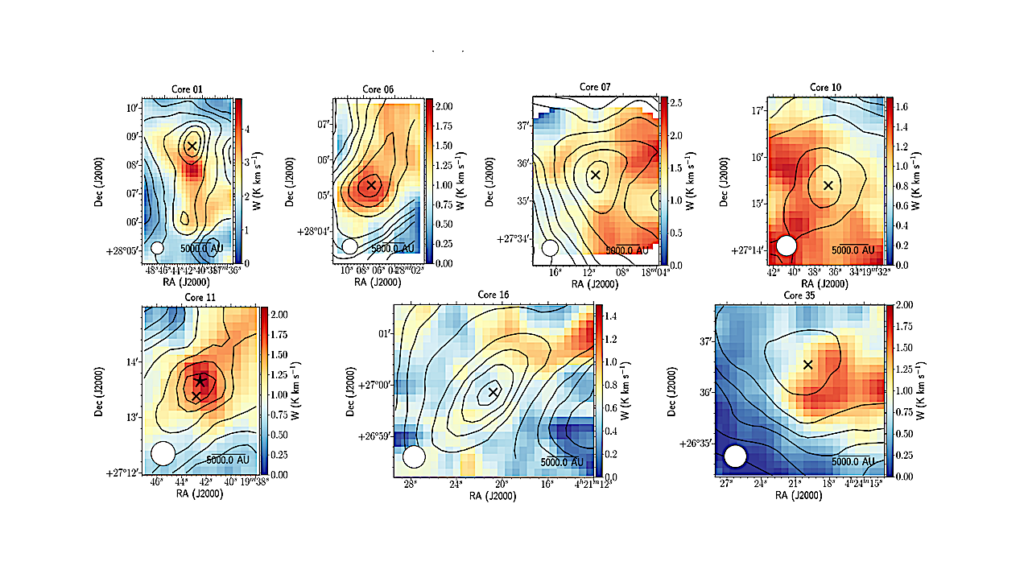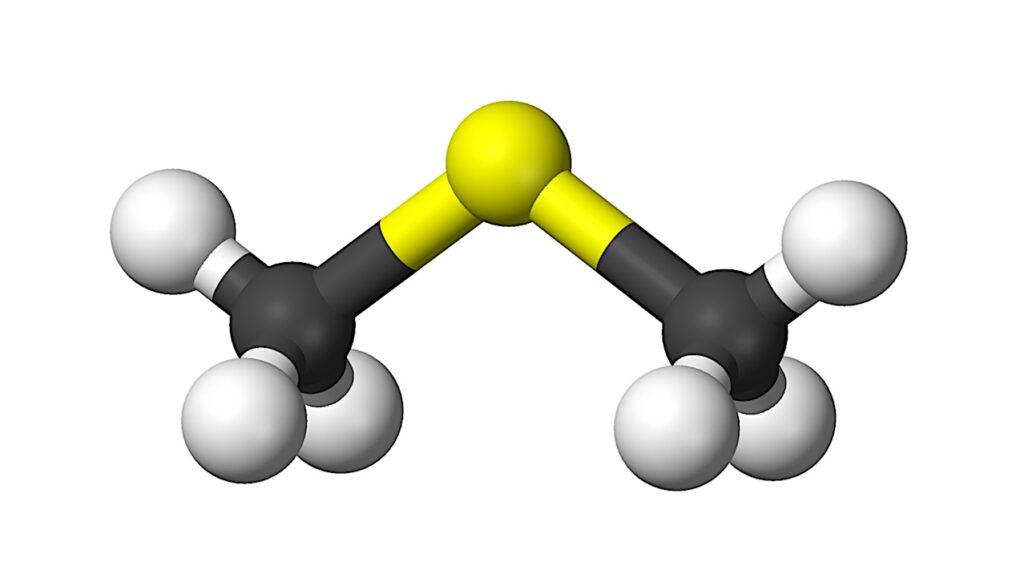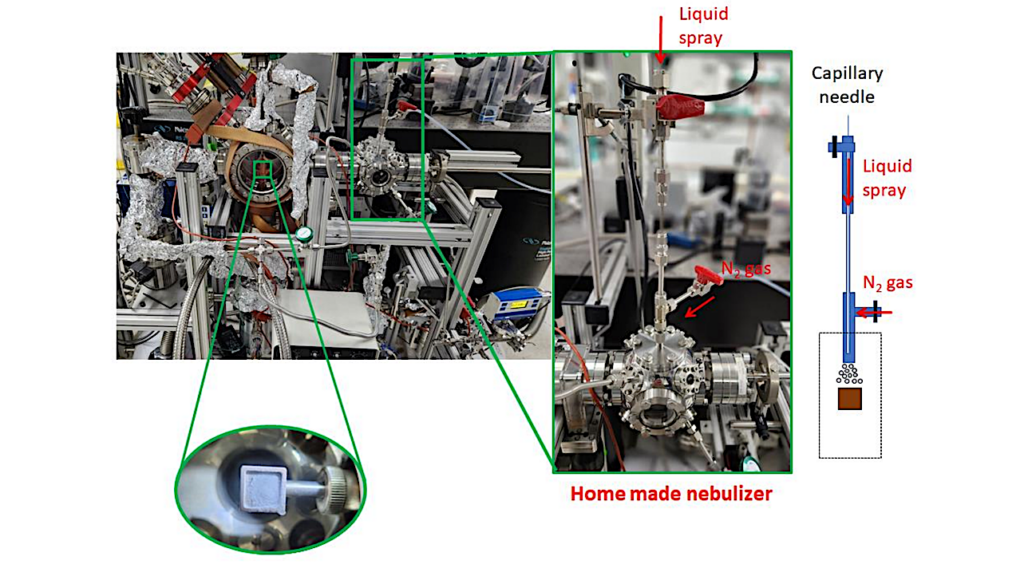The Trans/cis Ratio Of Formic, HCOOH, And Thioformic, HC(O)SH, Acids In The Interstellar Medium

We studied theoretically the cis-trans isomerization reactions of two astrophysically relevant acids, formic acid (HCOOH) and thioformic acid (HC(O)SH), where the latter has recently been discovered in space.
We also searched for these molecules towards the hot core G31.41+0.31 to compare their abundances with the expected theoretical isomerization results. Our results demonstrate that these isomerizations are viable in the conditions of the ISM due to ground-state tunneling effects, which allow the system to reach the thermodynamic equilibrium at moderately low temperatures. At very low temperatures (Tkin 10 K), the reaction rate constants for the cis to trans isomerizations are very small, which implies that the cis isomers should not be formed under cold ISM conditions. This is in disagreement with observations of the cis/trans isomers of HCOOH in cold cores where the cis isomer is found to be 5-6% the trans isomer.
At high temperatures (150-300 K), our theoretical data not only match the observed behaviour of the trans/cis abundance ratios for HCOOH (the cis form is undetected), but they support our tentative detection of the trans and, for the first time in the insterstellar medium, of the cis isomer of HC(O)SH towards the hot molecular core G31.41+0.31 (with a measured trans/cis abundance ratio of 3.7). While the trans/cis ratio for HC(O)SH in the ISM depends on the relative stability of the isomers, the trans/cis ratio for HCOOH cannot be explained by isomerization, and it is determined by other competitive chemical processes
J. García de la Concepción, L. Colzi, I. Jiménez-Serra, G. Molpeceres, J. C. Corchado, V. M. Rivilla, J. Martín-Pintado, M. T. Beltrán, C. Mininni
Comments: 14 pages, 7 figures, 5 tables
Subjects: Astrophysics of Galaxies (astro-ph.GA); Chemical Physics (physics.chem-ph)
Cite as: arXiv:2111.10842 [astro-ph.GA] (or arXiv:2111.10842v1 [astro-ph.GA] for this version)
Submission history
From: Juan García De La Concepción
[v1] Sun, 21 Nov 2021 15:38:03 UTC (1,811 KB)
https://arxiv.org/abs/2111.10842
Astrobiology, Astrochemistry,








